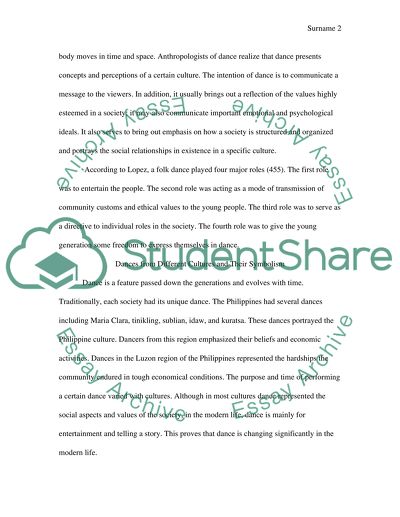Cite this document
(“Definition of Cultural Universals Research Paper”, n.d.)
Retrieved from https://studentshare.org/sociology/1438786-is-dance-considered-a-cultural-universal-and-if-so
Retrieved from https://studentshare.org/sociology/1438786-is-dance-considered-a-cultural-universal-and-if-so
(Definition of Cultural Universals Research Paper)
https://studentshare.org/sociology/1438786-is-dance-considered-a-cultural-universal-and-if-so.
https://studentshare.org/sociology/1438786-is-dance-considered-a-cultural-universal-and-if-so.
“Definition of Cultural Universals Research Paper”, n.d. https://studentshare.org/sociology/1438786-is-dance-considered-a-cultural-universal-and-if-so.


